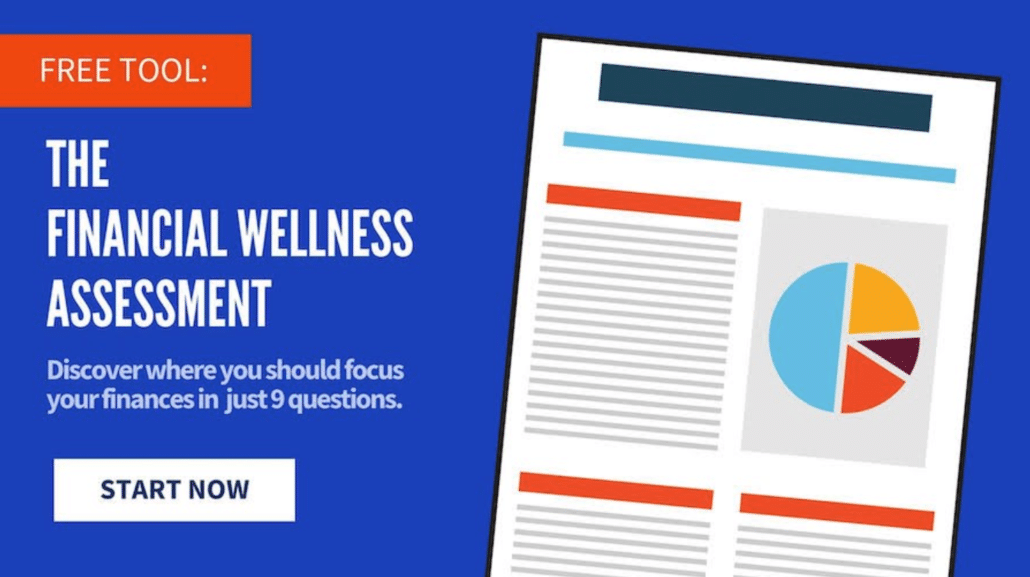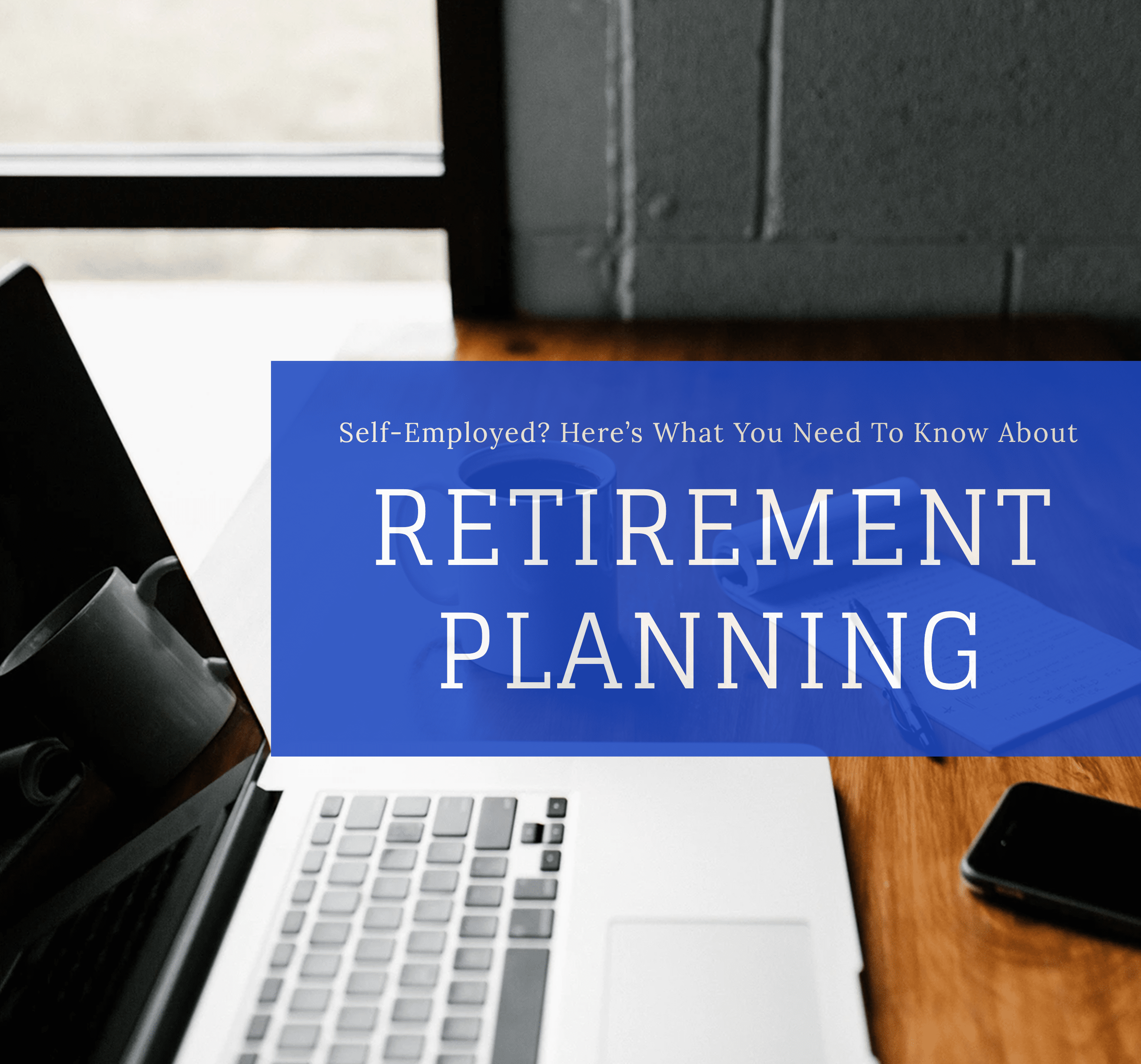In 2019, more than 16 million American workers were self-employed. In 2020, the coronavirus pandemic forced even more Americans to become their own bosses.
Although there are positives to building your own business, juggling the responsibilities that come with it can make it difficult to plan for retirement. There are many reasons retirement plans are often pushed to the wayside including unreliable income, high student loan, business or other debt, and business-related expenses.
Despite these obstacles, you must develop a sustainable strategy for your retirement—whether you’re an experienced entrepreneur or new to the world of self-employment.
Working for yourself gives you an incredible amount of flexibility, but you need a concrete plan for your financial future. Fortunately, those who are self-employed have many options when it comes to saving for retirement. Here are two steps to get you started:
Step 1: Set a Retirement Savings Goal
Start by determining how much money you need for your ideal retirement. There are some rules of thumb that offer quick high-level insights into how much money you’ll need. Some popular rules of thumb suggest you need 80% of your pre-retirement income, which you can use along with the “4% rule” of retirement withdrawals from your total investments to know what you need to save.
Using this framework, a person earning $100,000 would need $80,000 in retirement income to maintain their lifestyle. This person then would divide $80,000 by 4% and determine $2,000,000 of retirement savings is needed. While this approach is simple and easy to understand, it is also a bit unrealistic.
A better approach begins with developing assumptions about your savings, investments, and spending. From there, you can use Monte Carlo simulations to run the details of your desired retirement plan through thousands of scenarios and generate a probability that your plan is successful. As you change inputs of your financial plan, you can see how they change your likelihood of success. This approach gives you a framework to translate chances into choices.
Step 2: Decide Which Retirement Account is Right For You
After figuring out how much money you’ll need in retirement, you have to decide which account to use to reach your savings goal.
Here are the main retirement savings options for people who are self-employed:
1. Solo 401(k)
A solo 401(k) resembles the traditional 401(k) plans provided by companies that limit individual contributions each year. Despite the name, businesses with multiple owners can use solo 401(k)s.
For example, a two or three partner firm can use this retirement account. If you add employees, however, you can’t use a solo 401(k)—unless the employees are the spouses of those owners/partners.
You can contribute to a solo 401(k) as both an employee and employer, which increases your contribution limits and makes this one of the most beneficial retirement plans. If you contribute to a solo 401(k) in 2021, your employee contributions max out at $19,500—or $26,000 if you’re over 50.
However, there is a limit on the total contributions allowed from both employee and employer. In 2021, that limit is $58,000—or $64,500 if you’re over 50.
2. Simplified Employee Pension (SEP IRA)
This account is also good for sole proprietors; unlike a solo 401(k), it works if you have non-spouse employees. Note that employers are the only ones that can contribute to a SEP IRA, which maxes out at $58,000 in 2021.
SEP IRAs are simple and flexible, which are two major selling points for entrepreneurs. For example, you can either contribute a large amount at the end of the year or nothing at all.
This type of plan offers a lot of leeway for sole proprietors, but those who have staff members face an important restriction: They must contribute the same percentage to everyone.
If you make a SEP contribution of 20% of your salary on your own behalf, you must contribute 20% to all eligible employees. You are also limited by tax deduction rules—at most, you can contribute 25%. If you contribute a higher percentage, those contributions are not tax deductible.
3. Savings Incentive Match Plan For Employees (SIMPLE IRA)
A SIMPLE IRA works best if you don’t have large savings goals and have fewer than 100 employees.
This plan’s rules resemble those of a traditional 401(k), but with lower savings limits and less administration and government oversight/testing. Pretax employee contributions and tax-deductible employer contributions fund the SIMPLE IRA, which lessens the employer’s cost obligation.
In a SIMPLE IRA, the employer must match up to 3% of each participating employee’s income, or 2% of an employee’s income, regardless of their contributions. Self-employed individuals can lump all of their net earnings into the plan—up to $13,500—but early withdrawal fees can add up to as much as 25% within the first two years of the plan.
4. Cash Balance Plan
A cash balance plan is a kind of defined benefits plan like a 401(k), but it allows for much higher contribution limits.
Plus, the contribution limits increase as you age. For example, in 2020 those aged 30-34 can contribute up to $66,000 annually. If you’re 60-65, that contribution limit is $281,000. Whatever you contribute grows tax-deferred at a set interest rate, which is usually around 4% to 5%.
If you have employees, you would have to make contributions for 40% of your workforce, or up to 50 participants, under a cash balance plan.
Therefore, this plan is best if you have a small number of employees.
5. Traditional or Roth IRA
If you’ve used an IRA with a previous employer and feel more comfortable with this account, you can open a traditional or Roth IRA as a self-employed worker. If you already have a 401(k), 403(b) or 457(b) from a past job, you can easily roll it over to an IRA.
With a Roth IRA, you can contribute after-tax dollars; with a traditional IRA, contributions are made with pretax dollars. Individuals can contribute up to $6,000 annually—$7,000 if you’re over 50—or their total earned income.
6. Health savings account (HSA)
HSAs are traditionally used to cover medical expenses, but they’re also a great way to save for retirement, too. As a self-employed worker, you likely pay for your own health insurance and face high deductibles.
With an HSA, you can kill two birds with one stone: The funds are pretax dollars, and they grow tax-deferred. After age 65, you can withdraw what you’ve saved over the years for any reason—not just medical expenses.
If you withdraw for nonmedical expenses, however, the funds are taxed as income. In 2021, you can contribute up to $3,600 for an individual or $7,200 for a family.
Next Steps…
If you’re self-employed, the time to start focusing on your retirement plan is now.
Figure out which account works best for your needs while setting concrete savings goals. Then, imagine the peace of mind you’ll experience knowing your ideal retirement is on the horizon.
If you need help planning for your retirement you can schedule a complimentary 15-minute call with me.
You may also find my free resources on Cash Flow, Financial Goal Planning, or Net Worth worksheet helpful.
…
RESOURCE: Do you want to make smart decisions with your money? Discover your biggest opportunities in just 9 questions with my Financial Wellness Assessment.

This post first appeared on Forbes.com.














